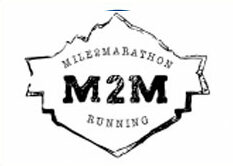Performance-Based Results
For Your Performance-Driven Life
At Saltus Performance, we specialize in athletic performance training and testing. Guided by our team of highly credentialed coaches, our customized approach is athlete-centric, yet universally applicable. Whether you’re an aspiring athlete or any individual dedicated to personal excellence, Saltus is your partner in unlocking your full potential.
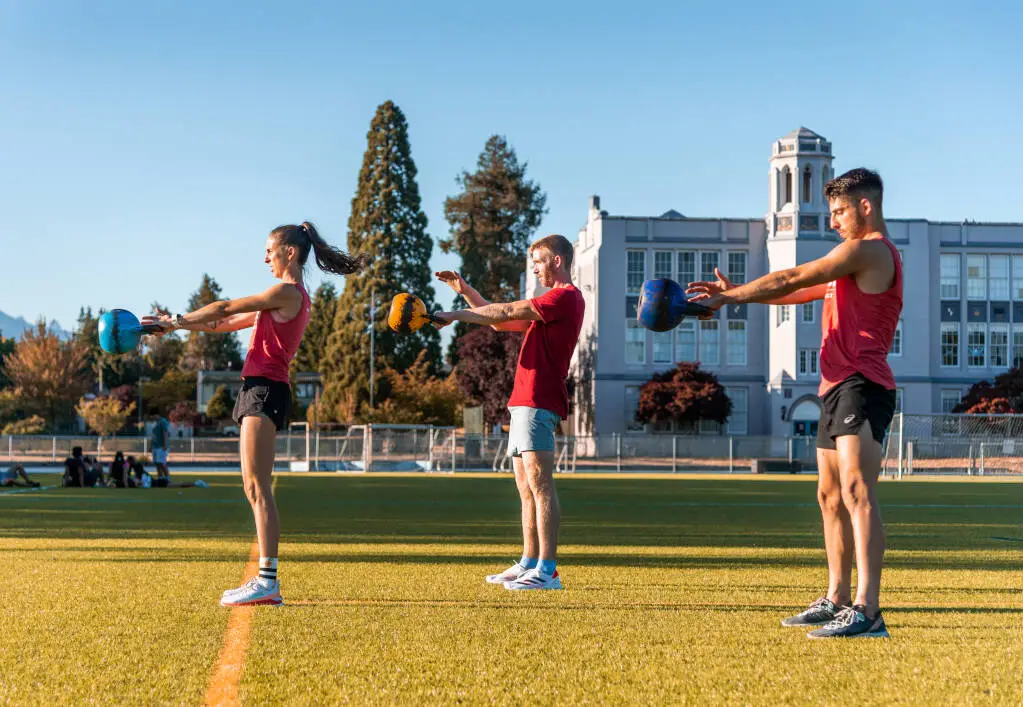
Small Group Personal Training
This program features fully customized programming and individualized coaching attention. It’s personal training but with greater schedule flexibility, and a community environment. Its lower cost allows you to train with the frequency you need to see real results.
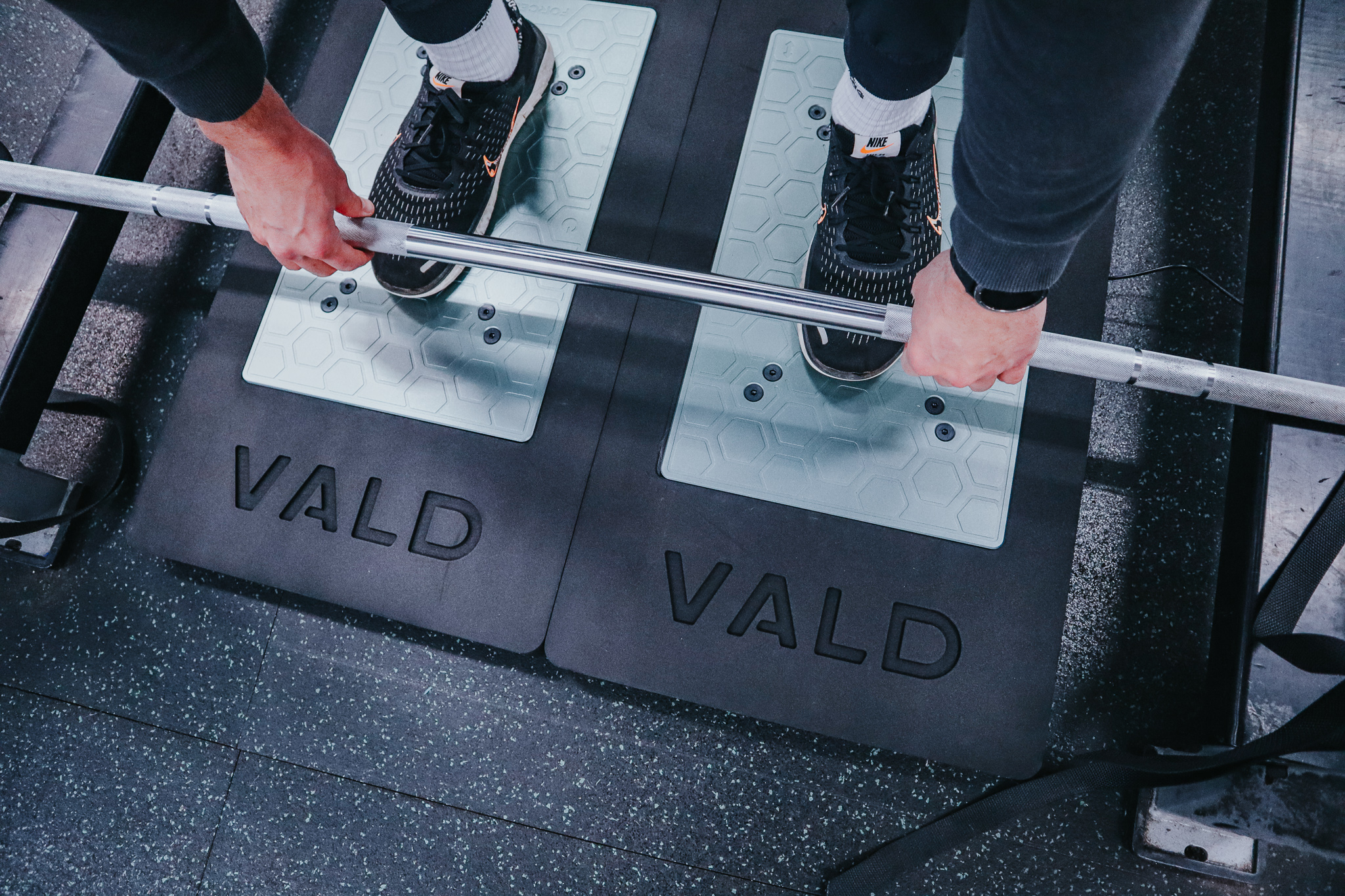
High-Performance Testing
High-Performance Athletic testing is essential to an athlete’s journey. Regular monitoring of physical fitness and sport-specific performance is crucial in increasing the likelihood of success in competition and performance. Learn why Saltus is the home of Vancouver athletic testing.
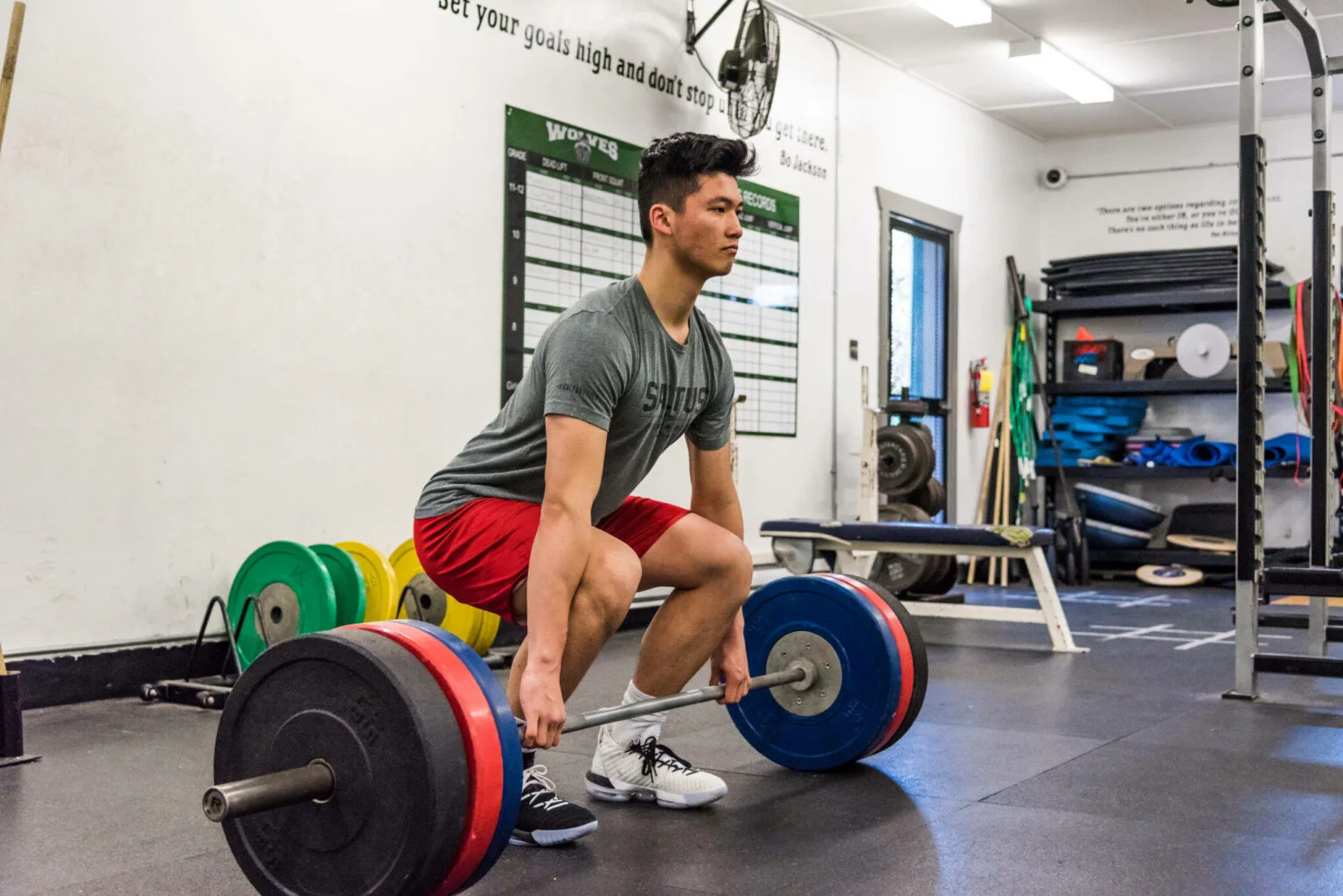
Personal Training
Our personal training sessions are ideal if you need extra attention to fine-tune your technique, work on specific skills, and have everything catered to your needs. This is an excellent option for those looking for a dedicated focus on their training or people returning from injuries.

Youth High-Performance Training
Looking to jump higher, accelerate faster, hit harder, and stay healthy? Many youth athletes from grades 4-12 choose us to assist them in making their school and club teams and earn scholarships. Learn more about how Saltus Performance can improve youth fitness and confidence.

Sean Del Ben- President & Coach
MKin I CSCS I FMS 2 I FRCMS I RMP 2

Max Stanton – Director of Performance
MKin I CSCS I FMS 2 I FRCMS I RMP 2
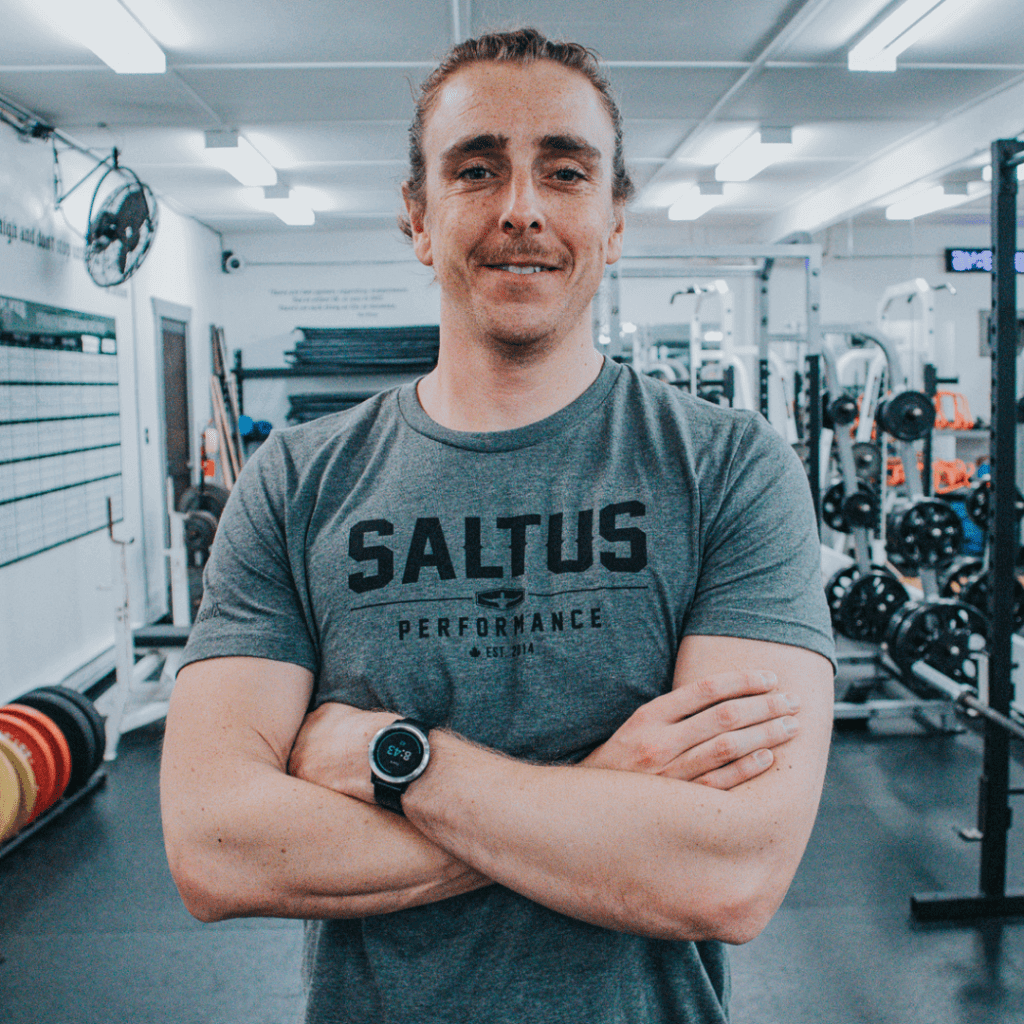
Tom Clifford – Coach
MSc I NSCA-CSCS

Leo Gonzalez Ando – Coach
BKin I NSCA-CSCS
Our Locations
Our Friends

